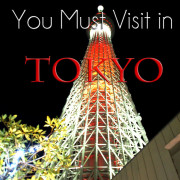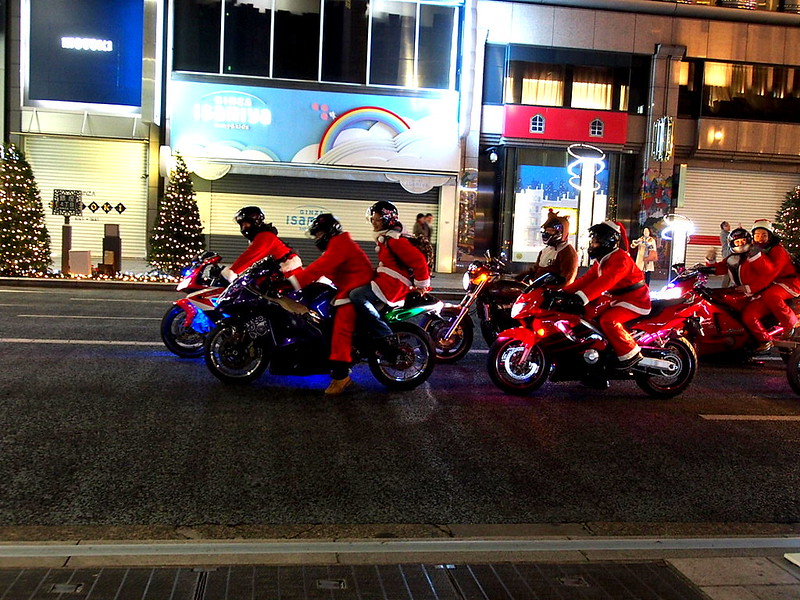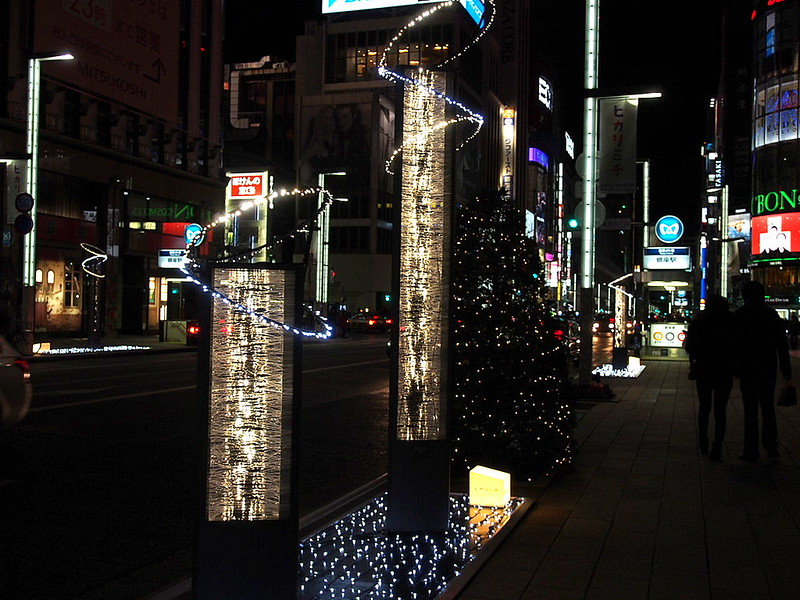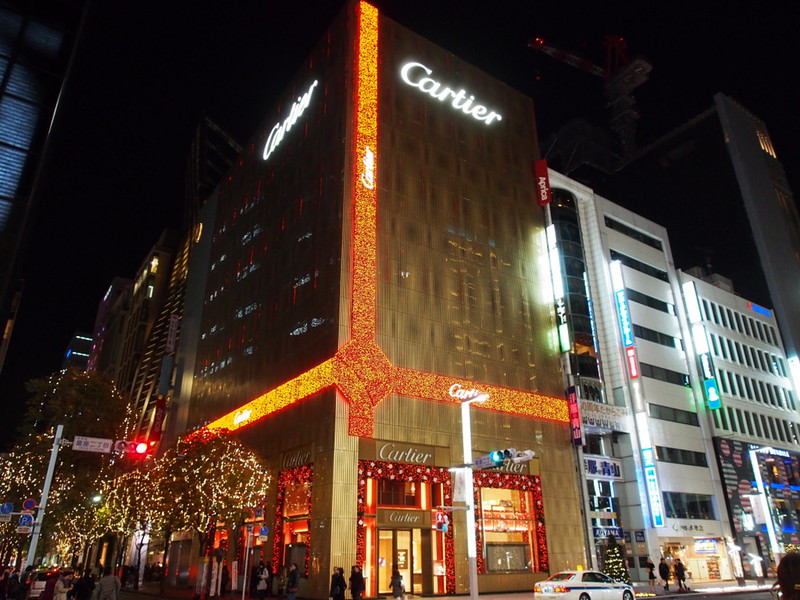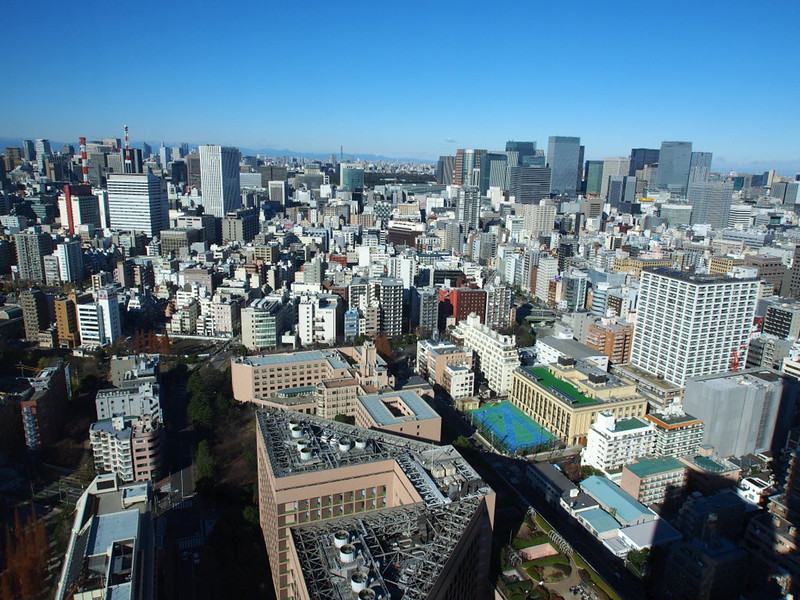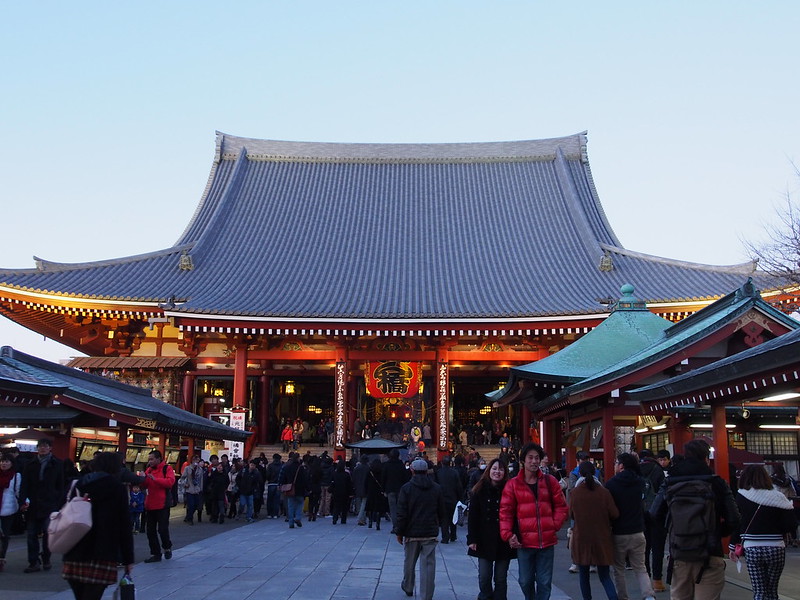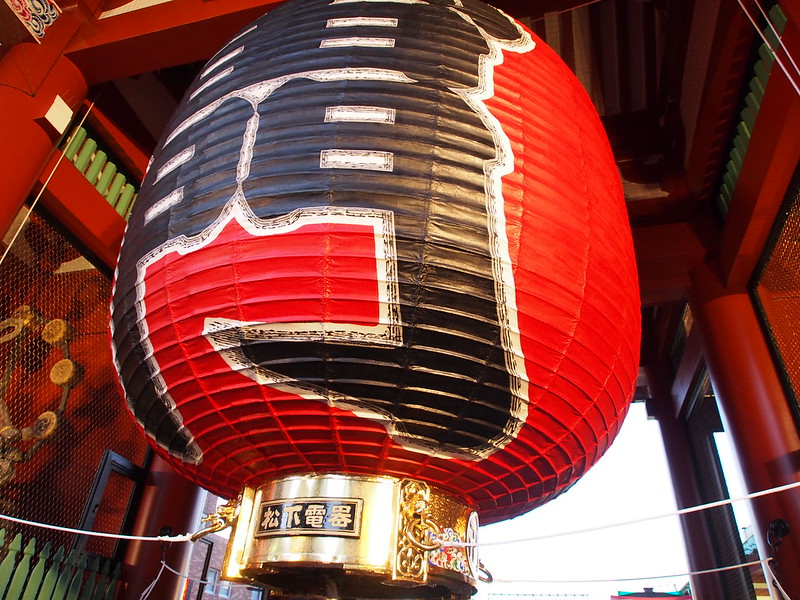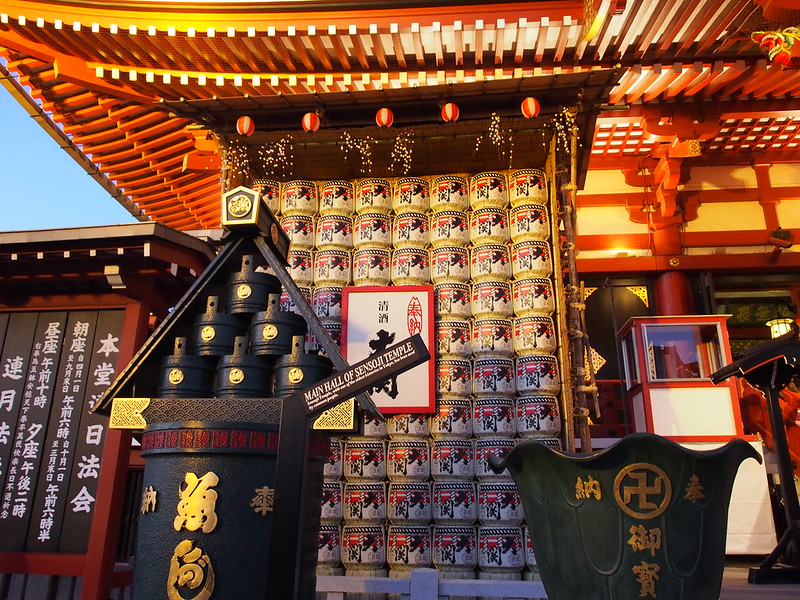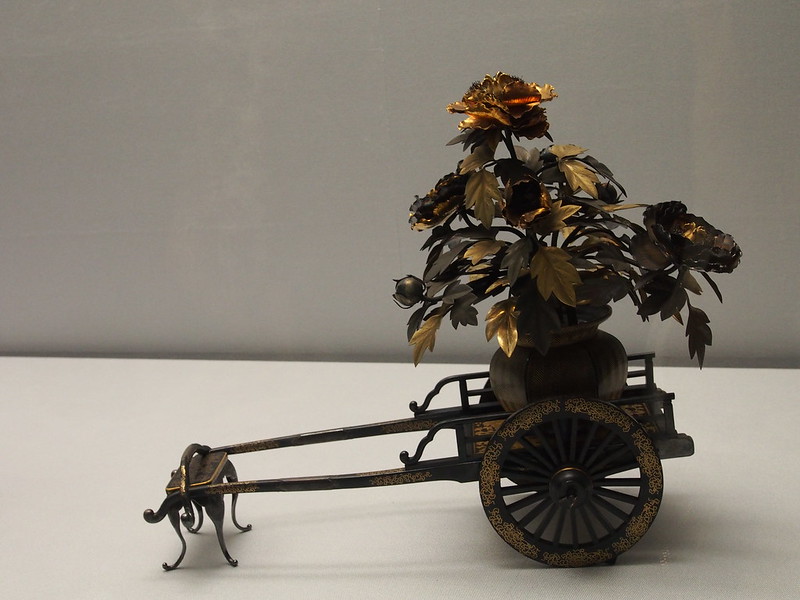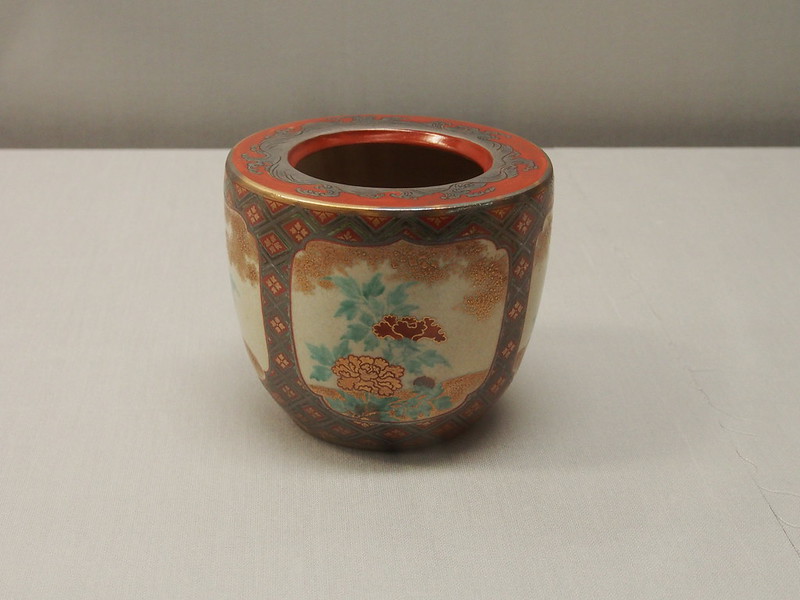7 Places You Must Visit In Tokyo
“I wonder if you know
How they live in Tokyo
(Hai!)
If you seen it then you mean it
Then you know you have to go”
That is one catchy song. I remember singing along and dancing to the song a few years ago when it was released as a theme song for Fast & Furious – Tokyo Drift . It wasn’t a bad movie too. But I used to have a huge mild crush on Vin Diesel, so I might be biased.
Tokyo. What an incredible city. It is where my Japan trip starts and where it ends.
Buzzing city, crowded street, neon lights, skyscrapers, swanky malls, crazy costumes, high-end fashion and the unparalleled public transportation system. Tokyo is as I imagined it to be and more! It definitely is one of the most amazing cities on earth. Here’s my list of 7 Places You Must Visit In Tokyo, if you’re lucky enough to be planning a trip there. Take me!!
1. Ginza
For the first few days in Tokyo we stayed in Ginza. We were only meant to stay there for 2 nights but we gave ourselves an extra night. Obviously this has nothing to do with the massage chair in my hotel room, or the amazing aerial view of Tokyo. I may or may not spent 30 minutes each night at the massage chair.
Ginza was very convenient and central to the major attractions I wanted to see, such as the Tsukiji market, the high street shopping and eateries at Yurakucho. I was there Christmas 2013, and during the early evening and night, the Christmas lights come on, bringing an amazing spirit of festivity to the area. I even saw Santa(s) racing through in motorbikes.
Only in Japan
Beautiful Christmas lights
View From the hotel room… at night
And during the day…
2. Sensoji Temple
Located in Asakusa, this is one of the most popular temples in Tokyo. It is so colourful and majestic and I love the busy shopping street which leads from the outer gate to the second gate of the temple. It is 200 meters long and you’ll find tons of Japanese souvenirs, traditional food and snacks here. The temple itself is spectacular but the shopping street…bloody awesome!
3. Tokyo National Museum
I love museums so I’m probably a bit biased, but I love Tokyo National Museum.
It is the oldest and the largest museum in Japan. It has so many interesting traditional pieces and wonderful display. Although there’s hardly any English translation on many of the displays, it gives you some insights into early Japan. The exhibits comprise of old Japanese artworks, potteries, paintings, and other significant historical artifacts such as Samurai armour and swords.
The walk to the museum itself is quite scenic as it is situated in Ueno Park (right next to Ueno station). I came during winter but if you come in March or April, you will be greeted with lots of cherry blossoms as the park has more than 1000 cherry trees lining its central pathway.
Tokyo Museum
Old man playing a traditional musical instrument at the park. A cool sight.
4. Shibuya
It’s like being inside an MTV music video with all the music, the neon lights, the giant video screens and the flood of pedestrians crossing the intersection every time the traffic lights turn green. The city is very lively with tons of shopping centres and entertainment quarters, as well as some really nice restaurants and cafes.
I stayed in Shibuya for about a week and I absolutely love it! For me it was the perfect place to stay as a base while venturing Tokyo and its surrounding spots. I stayed at the Excel Tokyu Hotel right above the Mark City and the Shibuya station and I found it to be very handy and convenient, not to mention that I get the view of the famous Shibuya pedestrian crossing from the hotel.
Yes. They have rooftop futsal!
The famous Shibuya scramble crossing
Shibuya’s street view from hotel room
Outside the Shibuya Station lies a bronze statue which has become one of Tokyo’s most popular meeting points. It is a statue dedicated to a dog named Hachiko. If you don’t know who Hachiko is and haven’t seen and balled your eyes out over the English remake Hachi: A Dog’s Tale then I recommend you do some research, borrow the DVD and watch this amazing heartwarming tale of loyalty and love.
Hachiko is a Japanese ‘Akita’ who became a national hit in the 1930s because of his incredible loyalty to his owner, even long after his owner’s death. Hachiko waited at the Shibuya Station every day for its owner, Hidesaburo Ueno, a professor of agriculture at the University of Tokyo, to return from work. One day the professor didn’t return as he had suffered a cerebral haemorrhage and died. Hachiko continued to wait for the professor, appearing precisely when the train was due at the station each day for the next ten years.
Love and loyalty, something we all can learn from Hachi.
Hachiko Statue in front of Shibuya Station
5. Tokyo Skytree
Tokyo Skytree is a new landmark of Tokyo (built in early 2012) and is the tallest building in Japan with a height of 634 meters. It offers a spectacular view of Japan. We went there. Twice. We went there just before Christmas and on New Year’s day – bad move. At both times it was so overcrowded with people and we had to wait for hours before we could even start queuing up to get tickets to the observation deck.We ended up hanging around the shopping complex Solamachi located at the base of the Skytree. It probably would have been one of the best things we did IF we got up there but it was cold and windy so we gave it a miss. It is definitely on my to do list the next time I visit Tokyo (hopefully in summer next time).
6. Harajuku and Omotesando Hills
Even if you don’t feel like shopping, just walking around the streets lined with cool and trendy shops that’s uniquely Japanese is quite a treat in itself. I walked from Shibuya to Omotesando through the famous ‘Cat Street’ but you can always catch a train to Harajuku station. The whole area is fashion-crazy and is very teen and pop culture -focused, though you can find some high end fashion labels around Omotesando Hills too.
You could literally spend one full day here just browsing all the different shops. I missed going to Daiso (the 100 yen store) but it was probably good for me as I would have bought the entire store.
Not sure what the speech bubble means but I thought it’s a cool display.
Sale, sale and more sale
7. Akihabara
If you’re a tech-geek, a gamer or a manga-lover, then you’d absolutely go nuts here. Though I’m a recovering game/manga-nerd, I couldn’t help but get really excited when I see a human-sized Gundam robot in the Gundam Cafe. This place is like an electro maze. Everywhere you go, the streets are lined with shop after shop of games, computer parts and electronic gadgets. There’s a lot of cosplay on the streets, mainly young girls dressing up as sexy maids promoting maid cafe. Something that you will never see anywhere else in the world.
Anime everywhere!
If you’re also a food-nerd, make sure you check out Chabara near the JR Akihabara station. It’s an awesome market full of fresh produce and tons of Japanese foods, including some very delicious vegan foods. There’s tons of free samples for tasting and the staff are very helpful when it comes to checking what’s in (or not in) each product, since everything is in Japanese. Let’s just say that I bought enough Japanese coated peanuts to last me a lifetime.
So there you go! Hope this inspires you to out and about in Tokyo… not that you need any convincing!
What’s the first thing will you do in Tokyo? I’d suggest trying out their bidet. It’s lifechanging!

